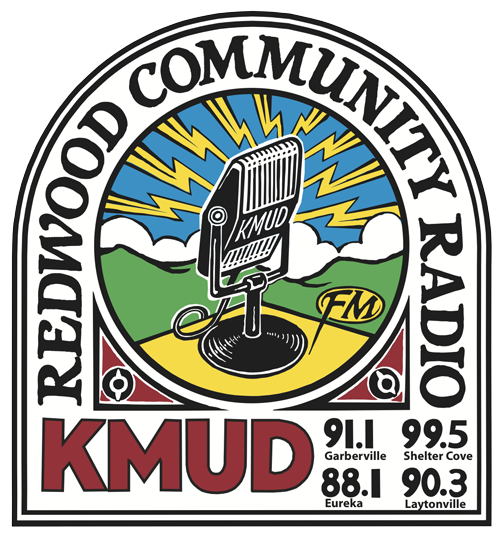How to Improve Radio Reception
(With thanks to Colorado Public Radio for much of this info)
All radio reception is affected by distance, physical obstacles and other broadcast signals. But often the handicaps imposed on radio signals can be lessened with relatively simple enhancements. Below are some general tips and a few examples of the kinds of antennas that may improve your reception. At the end we suggest some places to find a wide array of antennas to help you enjoy your radio more.
What Affects FM Reception
FM broadcasts deliver greater audio fidelity and are less susceptible to static, but they do have their own reception-related challenges. All radio waves travel in straight lines, and an unobstructed, line-of-sight path to a transmitting antenna makes for the best FM reception. Naturally, the farther the signal reaches, the weaker it gets, especially when out of line-of-sight. And when there are reflecting surfaces-tall buildings or mountains, for instance-near your receiving antenna, FM radio waves are also prone to a disturbance known as “multi-path.” Like ripples in a small pool, these multiplied waves can cancel out the original broadcast signal at select points.
How To Improve FM reception
Because of multi-path reception, car radios are usually the worst receivers for FM. As your car moves, your antenna gathers signal reflections from multiple directions, wiping out the stereo portion of the signal and adding noise. One solution is to shorten the height of your antenna, reducing the sensitivity of your tuner so that it locks in on only the main broadcast signal.
Portable and desktop radios often have telescoping antennas or use the power cord or headphone cord as the antenna. When using one of these receivers, the position of the unit and the orientation of the antenna can be critical. If your receiver uses its power cord as an antenna, stretching out or moving the cord can improve reception. The same is true for units using the headphone cord as the radio antenna.
Most high-end component AM/FM stereo receivers require an external antenna, and many manufacturers supply the simplest kind: a T-shaped, flexible wire antenna called a dipole antenna. Attach this to the receiver’s antenna terminals and orient the dipole as needed for best reception. If the dipole offers no appreciable improvement, you may need an external antenna. Designed specifically for FM reception, these look like TV antennas and are usually installed on a roof, on the sides of buildings or in an attic. Again, after connecting the antenna to your receiver, orient it until you get the best reception.
Sources for FM Antennas
First, a word of caution: Make sure that any antenna you purchase is returnable if it does not give you the result you desire. That said, there are many sites on the Internet that offer antennas or the instructions necessary for building your own, including this page at Community radio station KGNU, Boulder, Colorado with instructions on making a simple dipole antenna.
Radio Shack and similar electronics and hardware stores often stock antennas for both AM and FM reception. FM antennas and combined AM/FM antennas are available for prices that can range from $20 to $200 depending on the features you want. Often it is best to call around first to find someone knowledgeable about radio antennas.

The FM Reflect indoor antenna is made for the C. Crane Company of Fortuna, California (in our neighborhood). It’s similar to a regular dipole antenna but very much improved. It’s easy to attach to a receiver and mounts on the wall or in a window frame. We use a few of these at the KMUD offices.
 This outdoor antenna from Radio Shack will generally improve reception more than an indoor antenna could.
This outdoor antenna from Radio Shack will generally improve reception more than an indoor antenna could.

